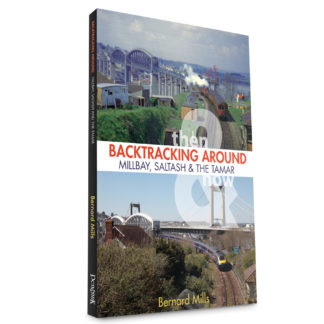12 August 1812 was the fiftieth birthday of the Prince Regent, Prince George Frederick Augustus, it was also the day there was a great parade at Mount Wise at noon “to do honour to the natal day of their Prince” and to commemorate the laying of the first of hundred and hundreds of thousands of stones that would eventually make up the 3.5 to 4 million ton deposit that would become Plymouth Breakwater.
The official order had been placed the year before, although John Rennie and Joseph Whidbey had been working on the project together for five years already.
Rennie, the son of prosperous Scottish farmer, had himself turned fifty the previous June and already had an impressive string of civil engineering successes under his belt, among them four canals – the Lancaster, Crinan, Kennel & Avon and Royal Military.
Rennie died in 1821 (and was buried in St Paul’s Cathedral), before the Breakwater project was finished, but not before he had designed and seen several bridges built – Kelso, Waterloo, Southwark and London. The latter was overseen, posthumously, by his son John Rennie, who also took on his father’s role on the construction of the Breakwater and would subsequently design the impressive Royal William Victualling Yard at Stonehouse.



